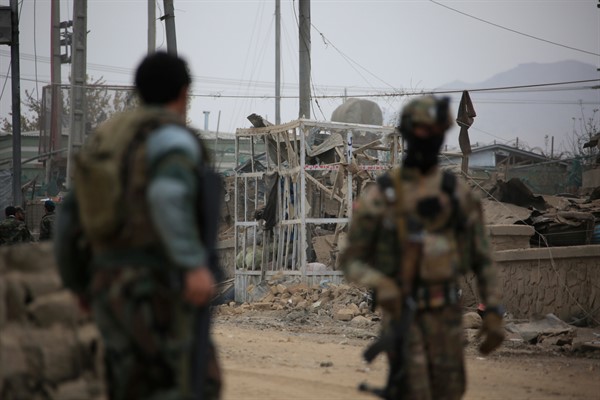If American policy in Afghanistan was a Hollywood thriller, acting Pentagon chief Christopher Miller’s announcement Tuesday that President Donald Trump plans to reduce the number of American troops in the country from 4,500 to 2,500 by the time he leaves office in January might have made for a riveting plot twist. The trouble for White House script writers is that we’ve all seen this movie before, and it never seems to end with a better outcome for the Afghan people. The one hidden benefit of Trump’s drawdown announcement is that it could free up Joe Biden to write an alternative ending for U.S. policy in Afghanistan.
The question of American troop levels in Afghanistan has been a policy bugbear for three successive administrations in Washington. During George W. Bush’s two terms, American troop levels started out at about 1,300 after 9/11, and then progressively ticked up to 25,000 by the time Bush handed the reins to Barack Obama. Although he ran as anti-war candidate, Obama famously capitulated to Pentagon pressure for a huge “surge” in Afghanistan that saw troop levels hit about 100,000 in 2010. In the long deliberations over the surge, Obama overruled his vice president’s push to keep the American military footprint small and limit the U.S. mission to counterterrorism operations.
Trump, for his part, has progressively winnowed down the American military presence, and, like his style or not, the outgoing president deserves credit for seizing on the opportunity created by both the military stalemate that Obama created with his surge and the broad Afghan support for a negotiated political settlement with the Taliban. But Trump’s dreams of laying claim to a gold-plated “mission accomplished” plaque before he leaves office are just as fantastical as his unfounded claims about fraudulent American elections.

